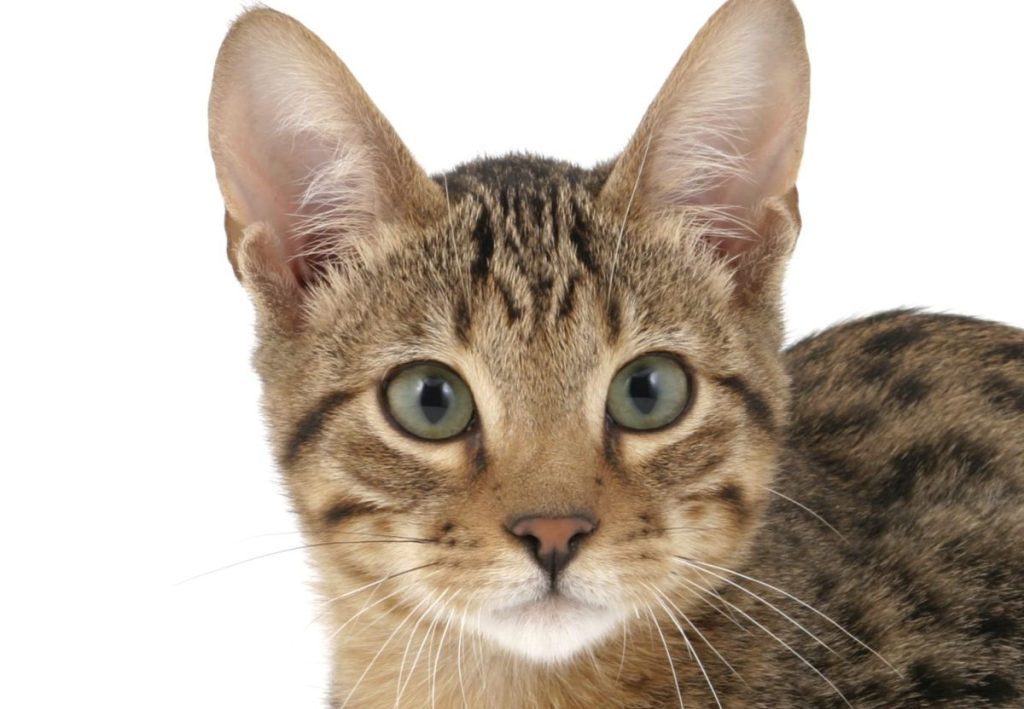The Serengeti cat is a cross between a Bengal and an Oriental Shorthair cat bred to imitate the appearance of the African Serval — but without all the bites. Recognized by The International Cat Association (TICA), Serengeti cats are medium-sized with triangular faces, long legs, big eyes, large ears, and a striking patterned coat. The lithe, elegant…

Every cat owner is familiar with the odor that’s created by a smelly litter box — it can spread across…

